Day Eleven: June 20 (posted June 23)
Today was Hot Spring Day on my Yellowstone visit— which is not to say I got to them all. In fact, I’ll be visiting more of Yellowstone’s many geyser basins on all three days of my stay here.
These basins are Yellowstone’s trademark feature, of course, and I find them endlessly fascinating. When I’ve traveled here with a group (three times before) I’ve tended to wear out their patience wanting to see them all, when the rest of the group eventually decides they’ve seen as many as they need to. On this trip, I’m free to indulge.
Even I, however, notice in reviewing the dozens of pictures I took that photos do not really capture the uniqueness of each different pool or spring. They do tend to look a bit repetitive when you line them all up for review. So I’ll try to exercise some selection, and present the best highlights:
Besides calm hot spring pools, Yellowstone’s thermal basins feature geysers, fumaroles, and actively boiling springs as well…
The Norris Geyser Basin is considered the most geologically active spot on Earth, with features changing daily. There are two loop trails around the area, “Porcelain Basin” and “Back Basin.” I walked Porcelain Basin today, and will come back to the other trail later.
The thermal basins all over Yellowstone result from a “supervolcano” that erupted here around 630,000 years ago. The volcano is still considered active, with a magma chamber around 50 miles by 30 miles across, around 3 to 10 miles below the surface. Ground water gets heated and surfaces as hot springs, geysers and steam vents.
On the geological time scale, the next eruption of the Yellowstone volcano is due. A while back, some new activity down in the magma chamber led to a flurry of excited news reports than it was about to erupt again. National Park and USGS scientists tried to explain that even if it was, it would take a couple of centuries of that activity to reach the actual eruption point, but that was less exciting so the news didn’t pick up on it. The activity subsided in 2009 in any case, though that also didn’t draw any headlines.
I didn’t only take pictures of thermal features, even today. The thing about Yellowstone National Park is, everywhere you look (or drive) you come across amazing landscapes and sights. That’s true of the national parks in general, but especially Yellowstone. You could stop and take a new picture every fifty yards and still not capture it all. Eventually you just have to say “I’m seeing it, it’s not all about the photographs.”
Still, I snapped a good few, and have more coming in the next days. Here are some non-hot-spring highlights.
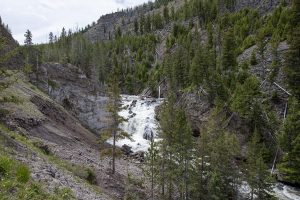 |
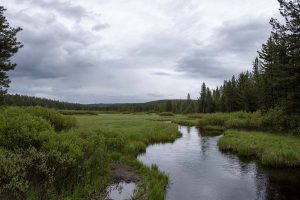 |
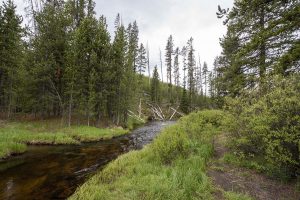 |
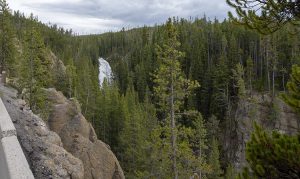 |
I didn’t take a lot of wildlife photos this trip. I saw plenty of animals— elk and buffalo are as common around Yellowstone as squirrels are in Dallas— but everywhere an animal was close enough to the road to be photographed, there was such a jam of cars and people all taking pictures that I didn’t want to contribute to it.
Still, this picture was worth taking: I got stuck in a traffic jam, motionless for nearly half an hour, that turned out to be because these buffalo had settled down on the road and just stayed there. They’ve got the right of way in Yellowstone so the cars just had to wait. I took this photo after they moved off and the traffic started moving again.
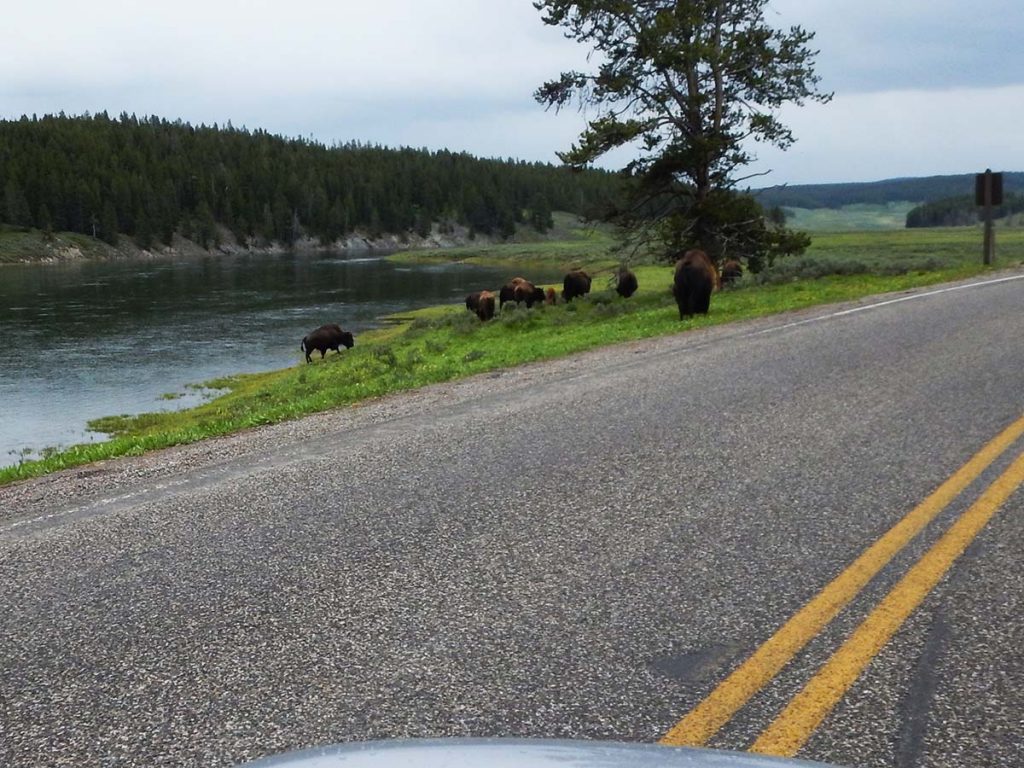
Short mileage for the trip report today, since I was mostly driving between areas of the park that are close together. The reports will start to show Yellowstone’s size tomorrow!
Trip Report:
Miles driven today: 81.4
Total miles so far: 2145.5

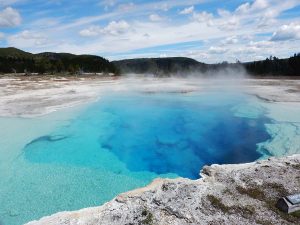
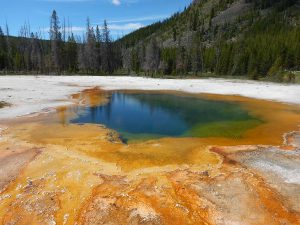
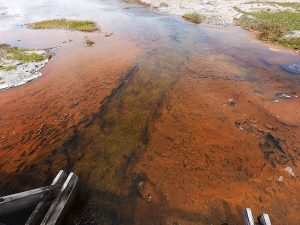
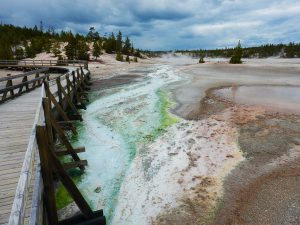
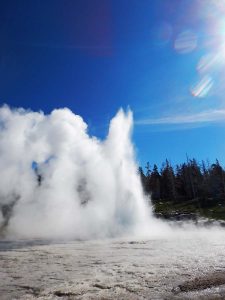
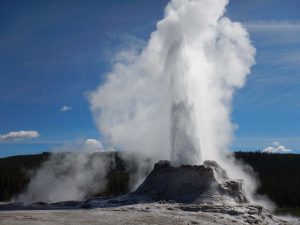
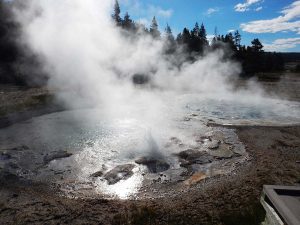
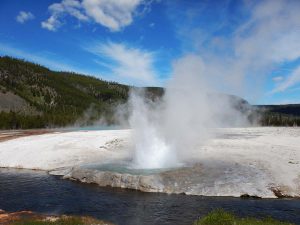
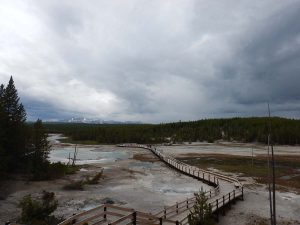
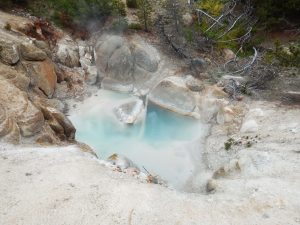
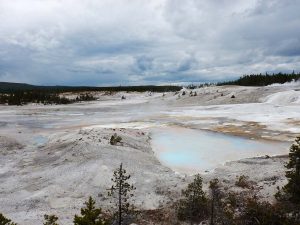
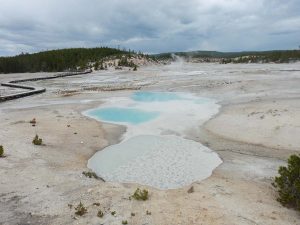

2 comments for “2020 Road Trip Journal: Yellowstone day 1”